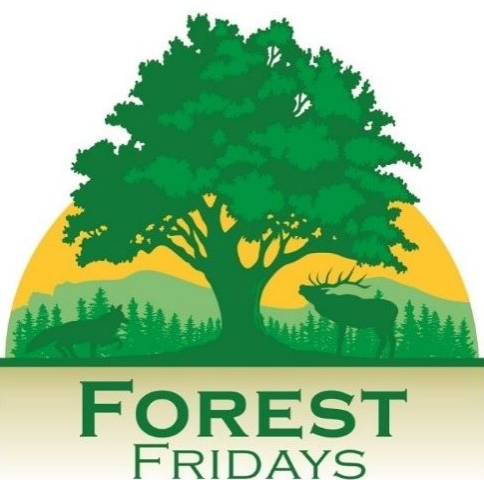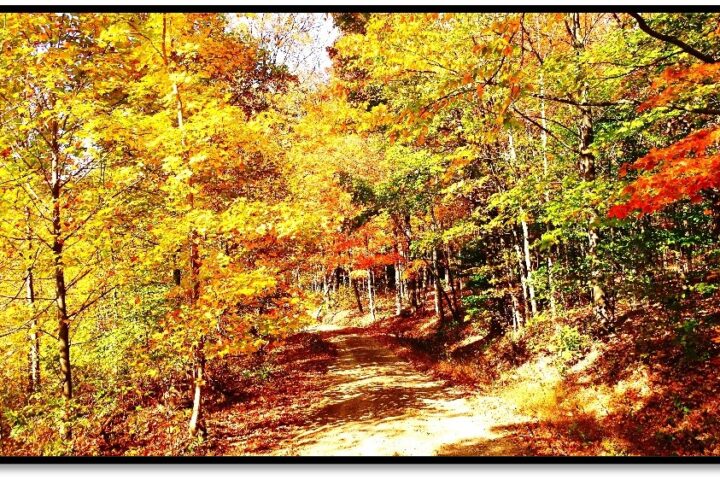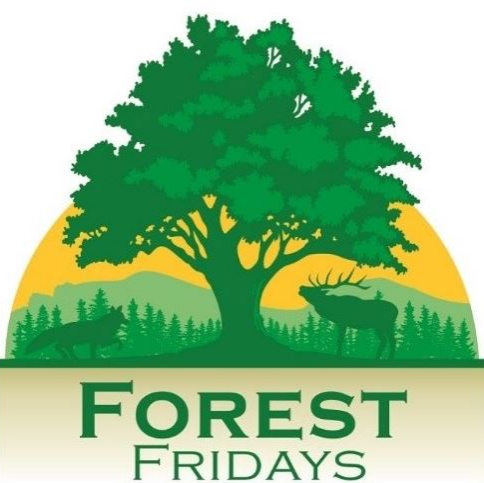
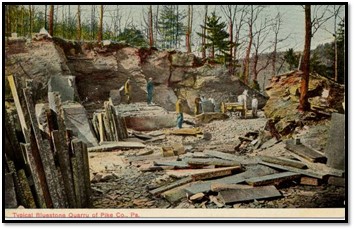
Bluestone Quarry of Pike Co, PA
Pennsylvania Bluestone by Jim Hyland
Steep, forested sidehills of Tiadaghton State Forest surround the historic village of Slate Run, Lycoming County. Here and there, tucked between the mountainside trees, are the remains of century old quarries where men once pried heavy, flat slabs of stone away from exposed bedrock. Once freed, they were chiseled and shaped and trimmed, then finally loaded and hauled to urban markets. This stone, known as Pennsylvania bluestone, is a type of durable sandstone that occurs in formations across the northern tier of Pennsylvania, with prominence in the northeastern counties. Like all quarried or mined rock, bluestone has attributes that drew commercial attention. It can be subtle shades of blue, green, red, purple, brown, or gray. It wears like iron and is porous, so water flows through it instead of being absorbed, only to crack by the freeze-thaw cycle. What’s best though, is the way it naturally parts into flat, smooth slabs that are perfect for building and paving material.
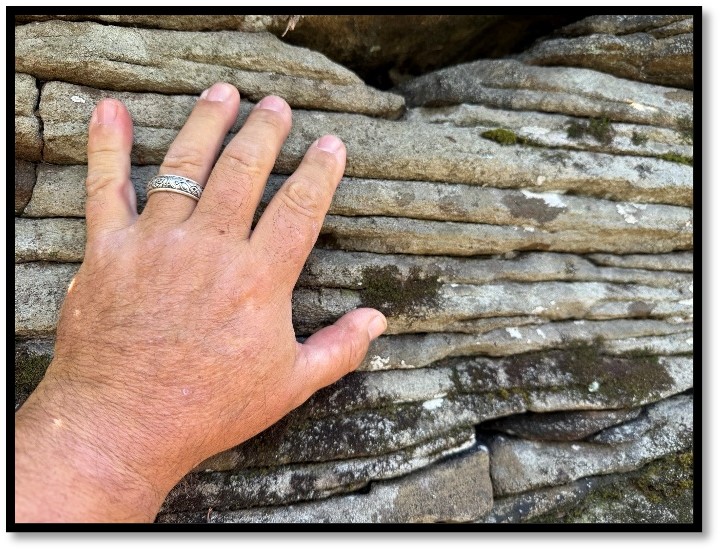
The sand grains that formed the bluestone are thought to have been deposited when an ancient eastern mountain range, the Acadian, was eroding and forming a broad region of sediment called the Catskill Delta. This erosion was slowly filling an inland sea that covered most of what is now Pennsylvania, except for the southeast. All of this was before our current Appalachian Mountains were formed! The Catskill Delta is also where the Marcellus shale formed, and explains marine fossils, seashells etc., that are found here today. The bluestone parts into flat slabs because the sediments were deposited over long periods that were interrupted by subtle changes in the deposition rate or parent material, etc., thus causing lines of weakness in the stone.
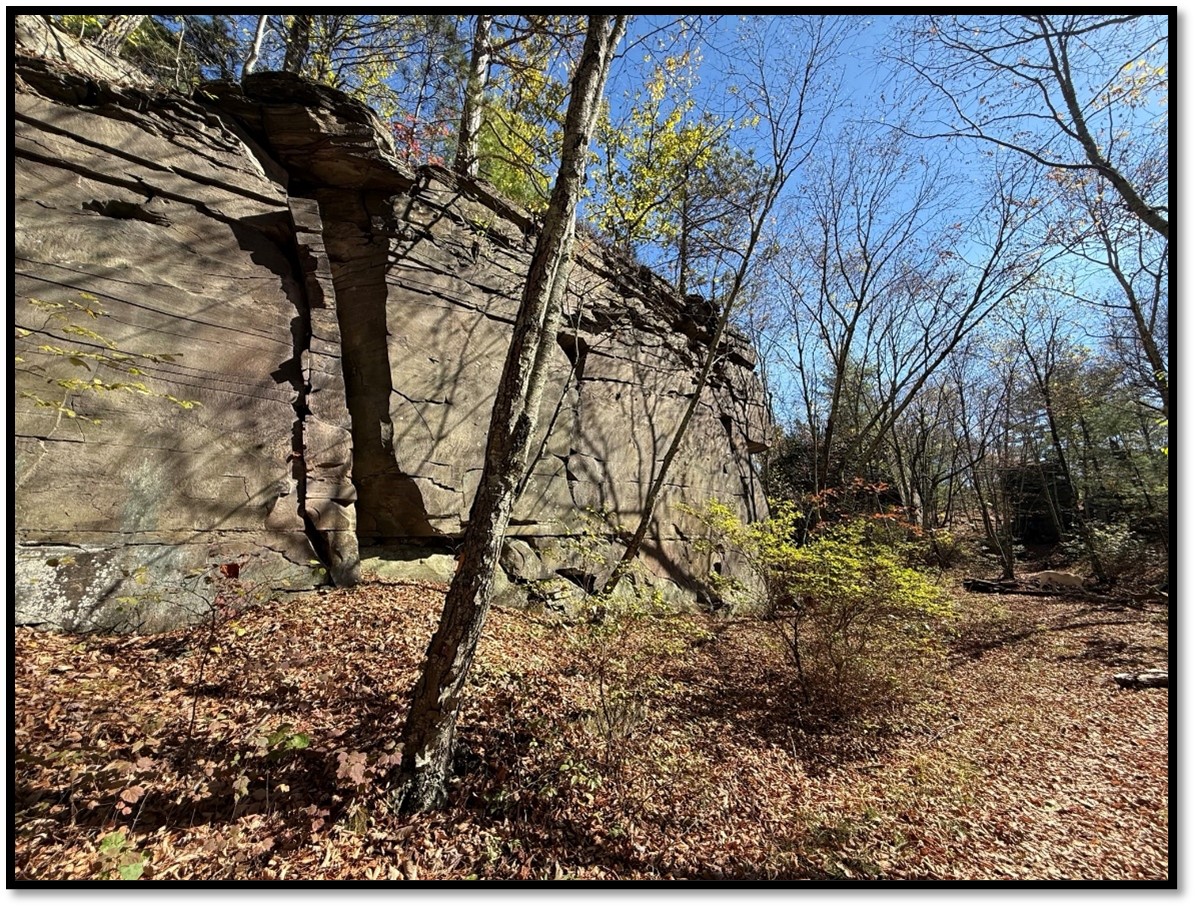
Former bluestone quarry along the Black Forest Trail
The bluestone industry was overshadowed by the lumber and coal industry. Still today, many people have no idea what it was, but our humble bluestone shows up in some remarkable places! The Tomb of the Unknown Soldier in Arlington Cemetery is paved with Sinnemahoning bluestone, and so are Harvard, Princeton, Cornell, and Bucknell. Also, our bluestone graces Independence Mall and the White House Rose Garden, and Gifford Pinchot’s Grey Towers, just to name a few.
As a young forester working in Tiadaghton State Forest, I first became interested in bluestone history while working on the Black Forest Trail, which passes directly through several old quarries. These rather large cut-outs in the mountainside form extraordinary vistas and are popular destinations for camping and day hikes. They are also havens for rattlesnakes, especially the high overlooks with a southern aspect, so beware!
One day while in Slate Run, I met an older man who lived in one of the original houses near Pine Creek. His name was Marvin Wolfe, and he told me that he had worked in the quarries on the mountainside as a teenager. It was in the 1930s, during the depression, and he walked at least a mile up that steep mountain every morning and shaped and loaded stone all day, then walked home. By June 5, 1944, the course of his life had dramatically changed. He was now with the 101st Airborne Division and was jumping into occupied France behind enemy lines. From that day forward, until the German surrender, he carried a 31-pound, .30 caliber machine gun across France, Holland, and Germany, with stops at Operation Market Garden, the Battle of the Bulge, Bastone, and Berchtesgaden. He survived the war and earned four bronze stars and a purple heart.
When I asked him how he survived, he said he owed his top physical conditioning to “working in that damn quarry”.
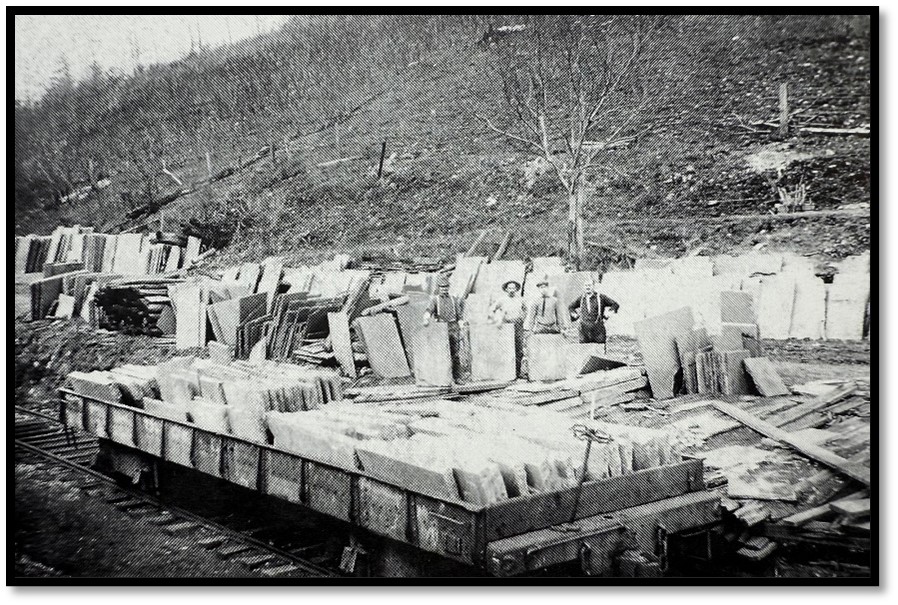
Loading railroad cars with bluestone at Jersey Mills


